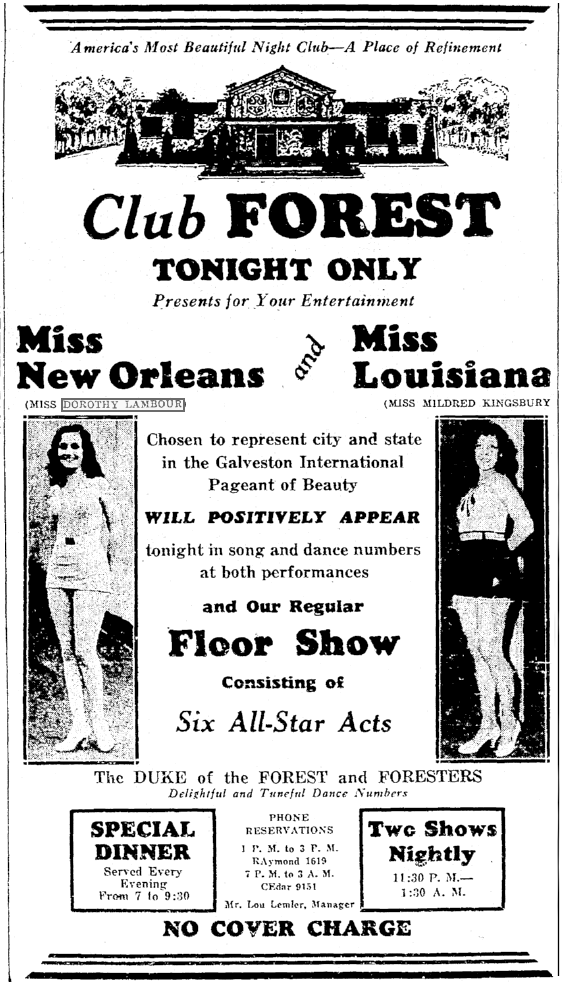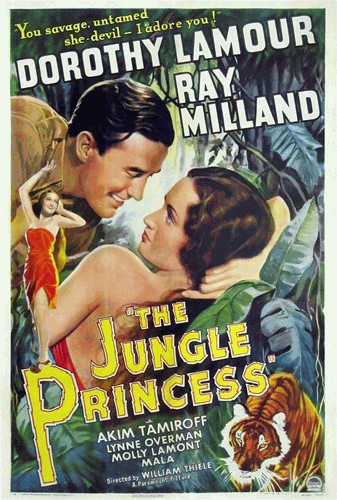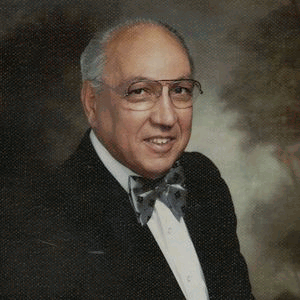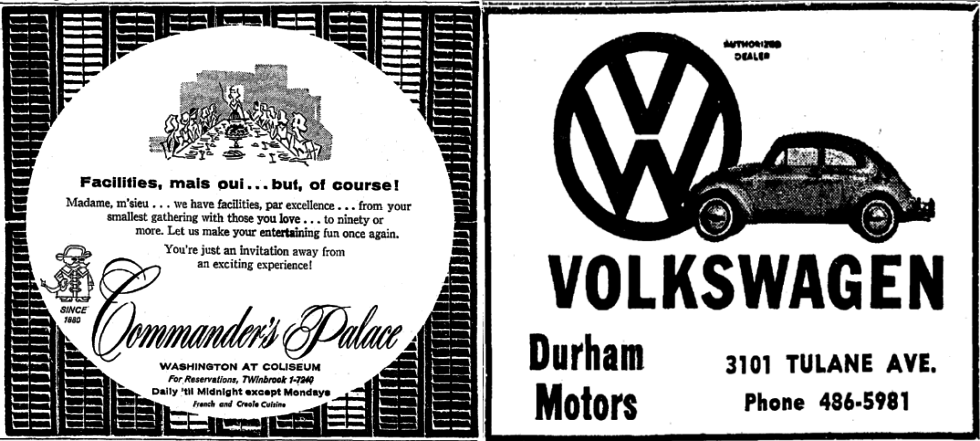|
Today in New Orleans History |
|
|
September 22


 To receive an update for each day in New Orleans history,
join our facebook page - Today in New
Orleans History.
Local publisher Arthur Hardy met Mr. Stall in the late 1960s
while employed at WSMB-AM radio. While Hardy worked as a switchboard operator, Mr. Stall would contribute local history pieces
for a morning show. "He had so many tales to tell about New Orleans history,"
Hardy said. "He ... might have taught more people about New Orleans history than any of the universities." While Mr. Stall had an encyclopedic knowledge of his native city, he was particularly fascinated
with its cemeteries. Occasionally he would guide tours through Metairie Cemetery. He hosted the documentary "Cities of
the Dead: Metairie Cemetery," which took an in-depth look at the historic grounds and its unique monuments. "He was a remarkable historian," said his daughter, Peggy Hastings of Hammond. "He was the best. He
was a loving and caring man." Mr. Stall also performed in more than 600 television
commercials and was doing radio spots for Louis Armstrong International Airport at the time of his death. He had frequent
speaking engagements before civic, business and fraternal groups. Mr. Stall retired in 2000
as vice president of public relations for Radiofone. Outside of work, he was a staunch volunteer for various community organizations. During the holidays, Mr. Stall would play the role of Santa Claus at homes for the elderly in
eastern New Orleans. While leading the New Orleans East Kiwanis Club, he spearheaded efforts to install bird houses at hospitals
and retirement homes and to put benches at bus stops to serve the elderly and handicapped. Mr.
Stall was active with the Juvenile Diabetes Foundation and was part of a group that set up a summer camp in Louisiana for
diabetic children. Profits from two of his books went to diabetes research efforts. The Tulane University Medical School and
University of Massachusetts Medical Center have research grants in Mr. Stall's name. "He
was just a generous and fun guy," Hardy said. "He was just a gentleman, a throwback to the old days."  To receive an update for each day in New Orleans
history, join our facebook page
- Today in New Orleans History
New Orleans' Own Dorothy Lamour Dies September 22, 1996  Born in the charity ward of Touro Infirmary ("We were not well off", she said) on December
10, 1914 (?), Mary Leta Dorothy Slaton grew up to be a movie star. She attended Beauregard elementary school, where
from she remembered playin hooky to go to Canal Street to pay 15 cents to spend the day watching the same movie over and over
again. She was hooked. The daughter of John Watson Slaton
and Carmen Louis LaPorte, she was also raised by her cousin Jeanne Deshotels and her mother Jeanne Schwerz. After divorcing
Slaton, Carmen married Clarence Lambour and Dorothy took his last name. Deshotel remembered taking the young "Dottie"
to St. Louis Cathedral whereupon the child sang the 1918 jazz hit "Ja-Da (Ja Da, Ja Da, Jing, Jing, Jing!) when the organ
began playing. "I was so embarrassed", she said, "I couldn't shut her up". As a teenager, she began entering beauty contests. In 1929 Dottie took first-place in a Biloxi pageant and
earned the title Miss American Legion of New Orleans. On July 26, 1930 she was a contestant, along with her friend Dorothy
Dell Goff, in the Miss New Orleans beauty contest at Pontchartrain Beach's original location at Bayou St. John and the lakefront.
Goff was crowned queen, and Dottie took fourth place, in front of a crowd reportedly of 10,000 people. A few weeks later, on Friday, August 1, 1930, Dottie and Dorothy boarded a 9 p.m. train at Union Station along
with their mothers to head to Galveston for the International Pageant of Pulchritude (the Miss America and Miss Universe contests).
Dottie's ranking in the New Orleans pageant qualified her as an alternate for Goff, who was crowned Miss United States (Miss
America) on August 5, 1930 and then Miss Universe on August 10, 1930 in the Texas pageants. Goff, as Dorothy Dell became
a film actress whose young life was cut short in an automobile accident on June 8, 1934 near Pasadena, California. Dottie Lambour won the 1931 Miss New Orleans contest wearing a blue bathing
suit and a blue linen dress she had bought on Canal Street for $2.98. Miss Lambour is seen
here in an advertisement for Club Forest (407 Jefferson Highway) on June 7, 1931. She did, in fact, go on to the 1931
Galveston pageant but failed to take a crown. She attended Spencer Business College and took a job in the real real
estate business but still dreamed of fame. According a 1974 interview with local writer David Cuthbert, Dottie bought
two tickets to Chicago, left one along with a note to her mother, and left New Orleans for a bigger city. Her mother
arrived the following day. They took jobs in a restaurant, with Carmen in the kitchen and Dottie waiting tables.
She said the trays were too heavy for her to carry so "I walked into Marshall Field Department Store. I had a terrible
inferiority complex but when you do you put up more of a front." "I want to see the supervisor" she said,
to which the response was "Which one?" "Well that stopped me. At D.H. Holmes and Maison Blanche all they
had was one. In those days at Marshall Field they had nine. All I could get out was 'I want to ride an elevator'. She
got the job.While performing at a night clubs she was "discovered" by orchestra leader Herbie Kay who hired her
to sing for his band. On November 14, 1932 she was back
in New Orleans and back at Club Forest performing with Kay's "nation-wide famous band" featuring Dorothy Lambour
(Miss New Orleans 1931)". She later said that a Dallas sign painter left the "B" out in her name on a
hotel display announcing the band's performances and that Herbie Kay adivised her to let it be, and so she became "Dorothy
Lamour". She also became Mrs. Herbie Kay/Mrs. Herbert F. Kaumeyer on Monday, May 13, 1935. "Without Herbie,
I don't think I'd be in show business", she said.  A November 23, 1936 article mentioned that Dorothy Lamour "once of New Orleans, is seen in a short feature on the Saenger
bill" which was likely a short film adopted from her New York radio show "Dreamer of Songs". Local entertainment
writer Charles P. Jones, in a January 17, 1937 article, briefly reviewed "Jungle Princess" (starring Lamour and
Ray Milland) which was playing at the Tudor Theater. "Miss Lamour is given a chance to sing as well as act, and
the picture is certain to make its heroine and impressive movie figure", he wrote. And so it was. Not to
mention that Dottie's "impressive figure" was wrapped in a sarong which made her as famous as she made it. A November 23, 1936 article mentioned that Dorothy Lamour "once of New Orleans, is seen in a short feature on the Saenger
bill" which was likely a short film adopted from her New York radio show "Dreamer of Songs". Local entertainment
writer Charles P. Jones, in a January 17, 1937 article, briefly reviewed "Jungle Princess" (starring Lamour and
Ray Milland) which was playing at the Tudor Theater. "Miss Lamour is given a chance to sing as well as act, and
the picture is certain to make its heroine and impressive movie figure", he wrote. And so it was. Not to
mention that Dottie's "impressive figure" was wrapped in a sarong which made her as famous as she made it.Costume designer Edith Head admitted that her sarong was "born"
for "Jungle Princess". "It wasn't even authentic", she said. A real sarong wrapped the body
only below the waist but that "wouldn't clear any censor". Head also described the process of selecting the
sarong wearer for "Jungle Princess"; a nation-wide search by the studio brought in state winners for screen tests;
each young woman wore the same sarong, same bracelet, and same blossom behind their ears; the wolf-whistle originated during
Lamour's screen test as stage-hands watched and the wolf-whistle became a "system" at the studio whereby a certain
number of whistles predicted a young actress' probable popularity with the general public. The sarong and Lamour teamed with Hope and Crosby and went "on the road" to Singapore (1940), Zanzibar
(1941), Morocco (1942), Utopia (1946), Rio (1947), to Bali (1952), and Hong Kong (1962). Dottie came home to celebrate
her 50th birthday on December 10, 1967 while on a tour starring in "Hello, Dolly!" which ran at the Municipal Auditorium
on Saturday, December 16. Back home again to perform in "Fallen Angels" at the Beverly Dinner Playhouse on
February 22, 1974 she said to David Cuthbert of the Times-Picayune "Honey, those studios biographers didn't care what
they said about you. They had me born in Chicago, New York, got may age wrong -- I don't care what the World Almanac
or the film books say, I am 56, NOT 59!" Dottie made a total
of 50 flims, seven of them in the "Road to..." series. During World War II she performed for GIs, hosted at
USO facilities, was one of the most popular pin-up girls, and was not only the first star to volunteer to sell war bonds but
is also credited with selling some $300 million worth of them. In later years she toured with theatrical shows
and became more active in volunteer service. Referring to the 1987 film ''Creepshow 2,'' where she played sloppily housewife
who is murdered, she said ''Well, at my age you can't lean against a palm tree and sing 'Moon of Monakoora.'' Dottie died
on September 22, 1996 in North Hollywood at the age of 81.
|
|||
|
"The Cocoa Kid" is World Champ at Heinemann Park The World Colored Welterweight Championship title was awarded to Black fighters before
professional boxing was racially integrated. On 26 July 1936, Herbert Lewis Hardwick ("The Cocoa Kid") met
Young Peter Jackson at Heinemann Park in New Orleans in a 10-round title bout refereed by
Harry Wills, the former three-time World Colored Heavyweight Champ. The Cocoa Kid won via a technical knock-out in the second
round.
|
Luis Mauricio Bouligny is Born Born in New
Orleans on September 22, 1781, Luis Mauricio Bouligny was a soldier and commander in the Louisiana Infantry
from 1793 to 1804, Bouligny was appointed lieutenant in the territorial militia on January 22, 1806 and served in the Battle of New Orleans as member of Third Regiment,
First Division, Louisiana Militia. In 1808 he was elected New Orleans alderman and from 1811 to 1829, with his brother Ursin Bouligny, he
operated a plantation in Plaquemines Parish. In 1829 he bought
a plantation from Gen. Wade Hampton in Jefferson Parish (the location is now a part of Orleans Parish). In 1831
he sold half the plantation to Samuel Kohn and Laurent Millaudon and with them subdivided the land in 1833 as the Faubourg
Bouligny (now the area of New Orleans between General Taylor and Upperline streets, bisected by Napoleon Avenue).
He sold remaining half of his interest in 1834. As a Jefferson Parish state representative in 1833 he introduced and obtained passage of the bill
incorporating the city of Lafayette (formerly in Jefferson Parish, which became the Fourth Municipal District of New Orleans
in 1852, now the Garden District) and supported the bill chartering the New Orleans and Carrollton Railroad. Each
of these measures hastened the development of that part of Jefferson Parish which eventually became uptown New Orleans. As early as 1832 he was a member of the
Jefferson Parish School Board; and as a state representative in 1842 introduced the bill providing for state support for
the first Jefferson Parish school building. In addition to service in the state legislature, Bouligny was a justice of the
peace and, from 1840 to 1849, was recorder of mortgages for Jefferson Parish. Having become a resident of New Orleans
when Lafayette, where he lived, became part of that city, he was several times elected to the Board of City Assessors. He
died, New Orleans on January 10, 1862 and is interred St. Louis Cemetery No. 1. Source: http://lahistory.org/site19.php |
The September 1909 hurricane damaged approximately 700 miles along the coast of Louisiana, Mississippi, and
Alabama reaching 40 miles inland. Five people were reported as dead in New Oreans and two lives were lost in Jackson,
Mississippi before the storm diminished as it passed through Tennessee and Kentucky. |
|
|

To receive an update for each day in New Orleans history,
join our facebook page - Today in New
Orleans History.
Analytics |
|||



